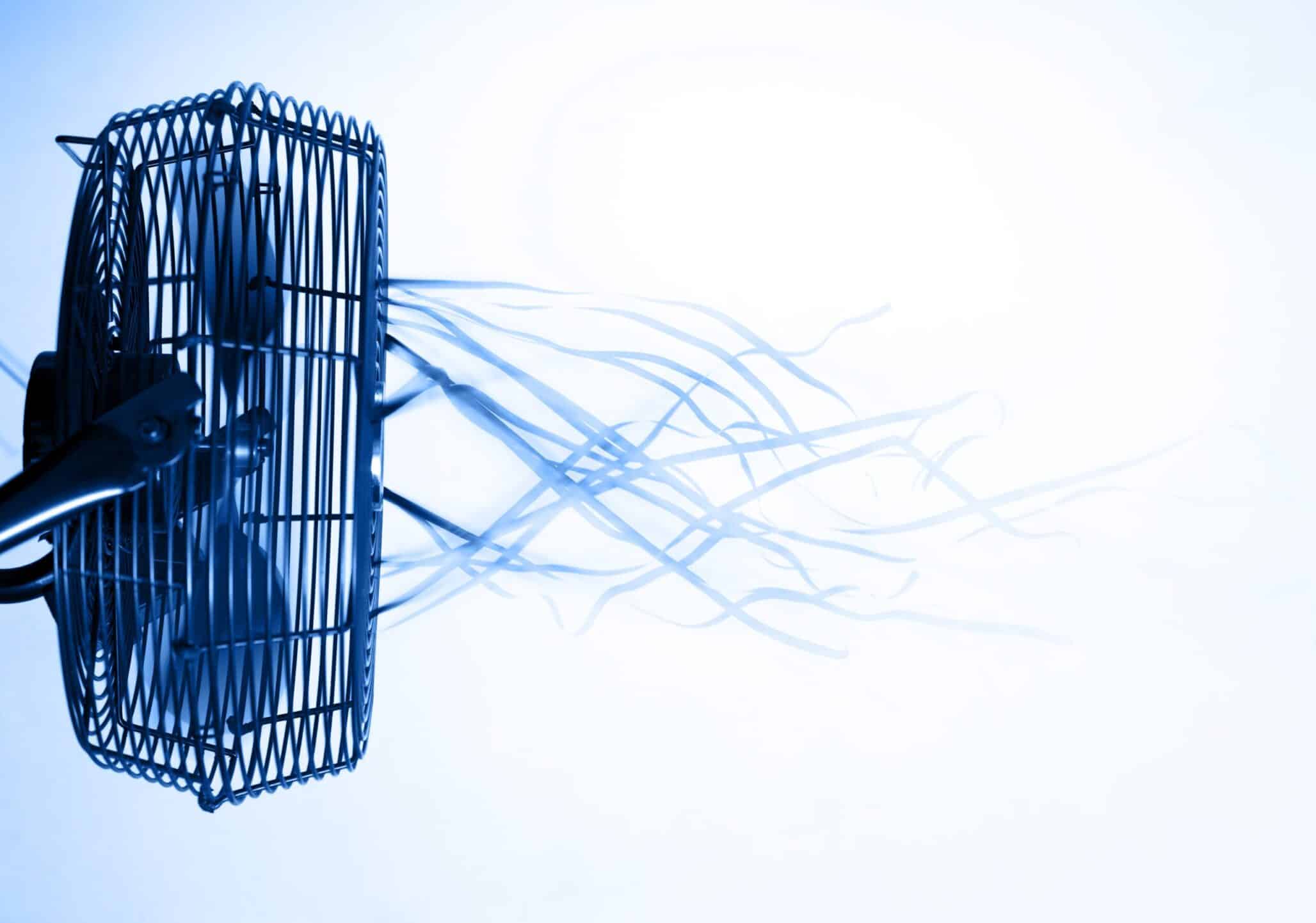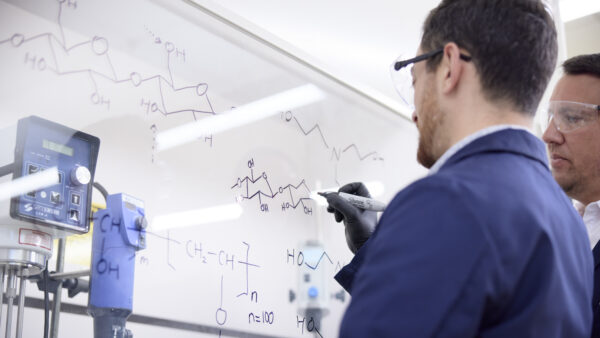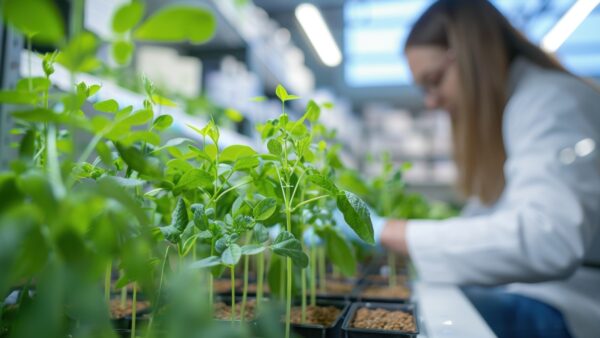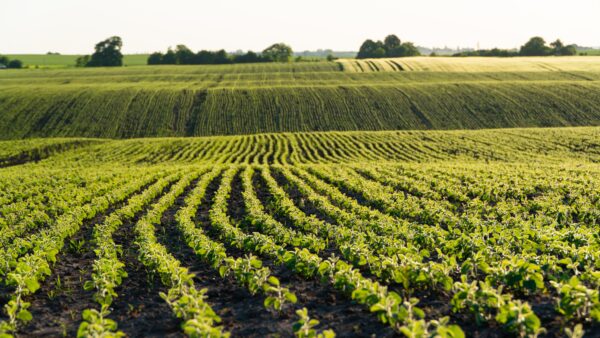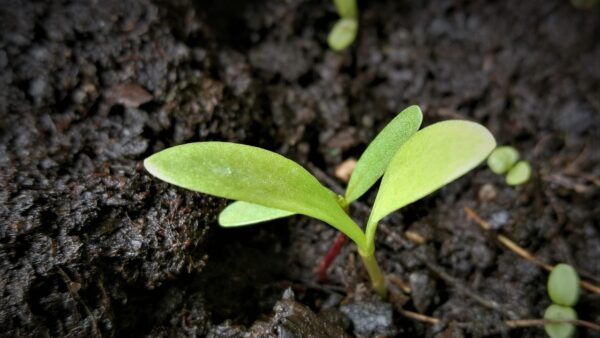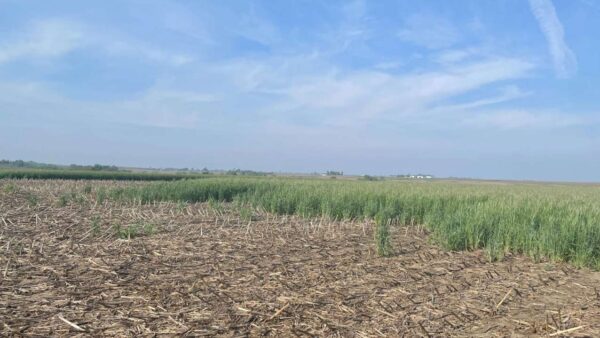The International Treaty on Plant Genetic Resources for Food and Agriculture has waited for a new Standard Material Transfer Agreement, but how can we come together globally to agree?
When the topic of genetic materials comes up, it’s hard to decide where to even begin. There’s so much information, from access and benefit-sharing (ABS) to the different frameworks put in place to preserve genetic diversity.
Luckily, the seed industry has the International Seed Federation (ISF) on their side looking to simplify such a demanding and complicated topic. One such specialist looking to tackle the subject is Anke Van den Hurk, deputy director at Plantum NL and chair of the Sustainable Agriculture Committee of ISF.
Van den Hurk says to start, there are two international agreements to be aware of: the Convention of Biological Diversity (CBD) and the International Treaty on Plant Genetic Resources for Food and Agriculture (ITPGRFA). While both address ABS, they do it in different ways.
The CBD uses an approach called the Nagoya Protocol, developed in 2010 in Nagoya, Japan, which provides a transparent legal framework for the implementation of one of the three objectives of the CBD: to create fair and equitable sharing of benefits arising out of the use of genetic resources.
In comparison, the ITPGRFA aims to:
- Recognize the enormous contribution of farmers to the diversity of crops that feed the world.
- Establish a global system to provide farmers, plant breeders and scientists with access to plant genetic materials.
- Ensure that recipients share benefits they derive from the use of these genetic materials.
Under the Nagoya Protocol the benefit sharing arrangements need to be bilaterally negotiated between the user and the provider country. Van den Hurk says one of the most common concerns when negotiating a contract is that civil servants and regulatory decision makers don’t always know what to ask for.
“It’s hard to define the worth for these products — what’s the value of a wild tomato plant?” Van den Hurk says. “These contracts are hard to make, and it’s more difficult when civil servants have other expectations than the users. It should be realized that a lot of genetic resources have hardly any value. A lot of research and development needs to be done on those resources before they possibly could contribute to a final commercial product. So, what is a fair balance between the resource and the added value that is created through years of research?”
Therefore, Van den Hurk says that this system hardly works. This especially true for the smaller companies that do not have lawyers to deal with these often long and difficult negotiations.
The Multilateral System (MLS), the benefit sharing mechanism of the ITPGRFA, often works better, especially as they work with a standard contract — the Standard Material Transfer Agreement (SMTA). However, the MLS is only established for 64 crops.
The current SMTA does not bring the expected benefit-sharing for some, and therefore, a new SMTA is being negotiated. Almost six years have passed, and no agreement has been reached. In November, we will know whether or not a new SMTA will be agreed upon.
Challenges for a New SMTA
The negotiations on a new SMTA as well as the extension of the list of crops that could fall under the MLS are technical and difficult.
Ambassador Hans Hoogeveen, Ambassador/Permanent Representative of the Kingdom of the Netherlands to the UN organizations in Rome, Italy, and co-chair of the working group on MLS, says that this subject has become increasingly crucial for the implementation of the Sustainable Development Goals, especially Zero Hunger in 2030. “It is a challenging topic at the heart of global food security, at technical level, and with a strong political dimension.
“There are many crops that are important but aren’t being shared by all countries,” Hoogeveen says. “How do we share genetic resources effectively between breeders, seed companies and other stakeholders down the value chain? That’s the question on everyone’s mind. How can all involved stakeholders benefit from improved access to plant genetic resources but also from the benefits of it?”
One major problem both Van den Hurk and Hoogeveen notice is the agendas of developed countries differ from that of developing countries.
Hoogeveen underlines that only a shared vision of the future, willingness to compromise and focusing on the broader issues at stake will guarantee a successful outcome.
“It’s a Catch-22,” Van den Hurk says. “Developing countries don’t see as much money as they’d like coming in from the ITPGRFA, while users indicate that they hardly can get access under the system so benefit sharing cannot be expected.”
“Both developed and developing countries need to show trust to each other,” Hoogeveen says. “Also the industry has to realize that they have to show concrete deliveries in the field of concrete benefit sharing, giving the fact that the current system is not delivering on this. It’s either now or later — we cannot wait another four years to make this decision.”
Van den Hurk says one of the biggest contention points between developed and developing countries surrounds the idea of digital sequencing information. Developing countries won’t agree to any new SMTA without an agreement to also deal with access to digital sequencing information, while developed countries do not want to include digital sequence information.
“We need to address digital sequencing information — how are we going to share digital sequencing information?” Hoogeveen says. “Each country has a different focus, and so far, we haven’t found a lot of way forward.”
Hoogeveen says to find a good way forward, there needs to be a definition of what digital sequencing is, how to share this digital information and how to improve the accessibility to digital access for some countries. In legal terms, however, it be very difficult to define it. CBD is formally leading the negotiation on a digital sequencing information definition, in close co-operation with the ITPGRFA, but it is expected this will take more time, and therefore the challenge now is to find a way around it.
The second big issue surrounds the payment rates for genetic resources.
“It’s hard to discuss and agree on a fair payment rate,” Van den Hurk says. “If it’s too high, no one will use the SMTA. However, if it’s too low, the developing countries will most probably not agree.”
Now, we face an issue with finding a balance to agree on a new workable SMTA.
Possible Solutions and Moving Forward
One solution that has come up is a subscription system for genetic resources.
“It’s a system where you either subscribe to with payment or you have a single access option,” Hoogeveen says. “In the single access option you have, if you make a new product with some of the shared germplasm, you have to pay a percentage of your sales to ABS.”
Van den Hurk describes the system like a library, where you can access as many books as you want and read and use them for a fixed rate. She says though that a subscription system alone does not work for everybody, as some people may only want to access a genetic resource once in a while. They then do not want to pay a subscription but are prepared to pay a higher rate just for the use of that specific resource. It’s the same with books — if you hardly read a book, you buy it instead of getting a library card.
Van den Hurk says that in 2017, 41 seed companies signed a declaration to show their readiness to participate in a new subscription system, if workable. This to demonstrate they were ready to pay benefits at a regular basis.
“This declaration was received with mixed feelings due to different expectations of benefit-sharing,” Van den Hurk says. “But we’re working to create some new ideas around this system.”
Hoogeveen says that they aren’t sure how much profits will come in from this system, and that’s the last hurdle for November. Hoogeveen says that the different stakeholders have different perspectives about how much profits will come in from this system. He has initiated an independent survey about turn overs and real profits of companies to get a more shared vision.
In the meantime, Van den Hurk says ISF is not staying silent on these matters.
“We try to give a lot of input,” she says. “ISF describes how we work. We share about what kind of contract we would sign in comparison to what we won’t. It’s important for ISF to address it, because in the end, we want breeders to be able to create the best genetics for farmers. To do that, we need the broadest pool of genetics possible.”
As for November, both Hoogeveen and Van den Hurk agree: if something cannot be decided then, then the negotiations for a new SMTA will be put on pause.
However, even though problems line the way, Hoogeveen is still optimistic that there’s a way forward in November.
“Given the latest discussions, I really believe we can find a way forward,” he says. “We’ve been consulting with representatives of governments, NGOs, seed companies and organizations like ISF, and we’re really starting to negotiate.”
“The parties are far apart,” Van den Hurk says. “They might not be able to compromise. It’s unclear what direction it will go, but if there’s no decision, negotiations might stop for a while.”
Hoogeveen says the time to act is now. “Failure is not an option. This is not just about ABS. This is about learning how to feed our growing population by 2050.”



